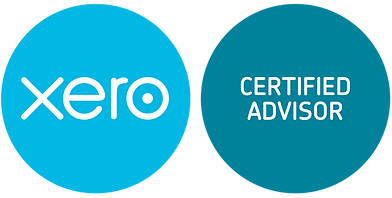Social adverts have become the go-to approach used in modern marketing strategies. But is there a way to increase their effectiveness to benefit your sales?
Paid advertising forms the backbone of many a successful marketing campaign. Almost no business can survive without some form of marketing, even if not all businesses use paid advertising.
With so many competitors on the public stage, however, you may be using paid ads to acquire new customers and retarget prospects. Or at least considering the idea.
However, advertising can often seem to be not pulling its weight in expenses. Here are some tips on how to get the best results from social media ads if you decide to use them.
1. Choosing the Platforms
The major social media platforms all offer some advertisement opportunities. However, it would be too costly to cast a wide net and buy ads for all platforms.
Conducting proper market research will ascertain the social network that the target audience is most likely to use.
Most marketers agree that Facebook is one of the safest choices for paid ads, but with an overabundance of ads on the platform, it might be challenging to get reasonable click-through rates.
Where to go next after Facebook will wholly depend on the audience. Teenagers and young adults prefer TikTok, Instagram, and Snapchat. Meanwhile, working professionals may be more likely to see and respond to LinkedIn ads.
When it comes to paid ads, learning more about your target audience is key. Advertising on the social network where they hang out is more likely to pay dividends.
2. Targetting
Even on one platform, it’s crucial to get the userbase subset that best aligns with the target audience. It’s because targetting specific user groups will increase the odds of the ad reaching them.
Specifically, this can be done by a few criteria, namely, age, sex, location, and interests. Facebook ads even allow sorting by user behaviour or education.
If the net is starting to feel too narrow, there’s always the option to test multiple demographics and see the results before making a choice.
3. Advert Editing
Optimizing an ad takes more work beyond knowing where to put it. With very little advertising space available, the advert needs to convey the product, intentions, and have explicit CTAs to match.
Getting people to convert might come down to the main selling point of the product and how easy it is to purchase it from the ad itself. That’s why giving users specific information about what will happen after they click it will encourage them to do just that.
Ultimately, it results in greater conversion rates.
4. Performing Frequent Measurements
While it’s easy to let an ad run for an indeterminate amount of time, the digital age allows for a nuanced approach to ad management. Checking progress reports and weekly revenues generated will allow for quick changes to improve an ad.
Running more than one ad, or several versions of an ad, at once can be equally beneficial. There will be ample evidence to single out the best version and lower costs while retaining high click-through rates.
Improvements Over Time
Even if an ad is to start slow, it can be improved over time. With the best practices updated frequently and subject to the whims of many moving parts, keeping up with the flow can be challenging.
But it’s sure to be very rewarding for those who get it right.


